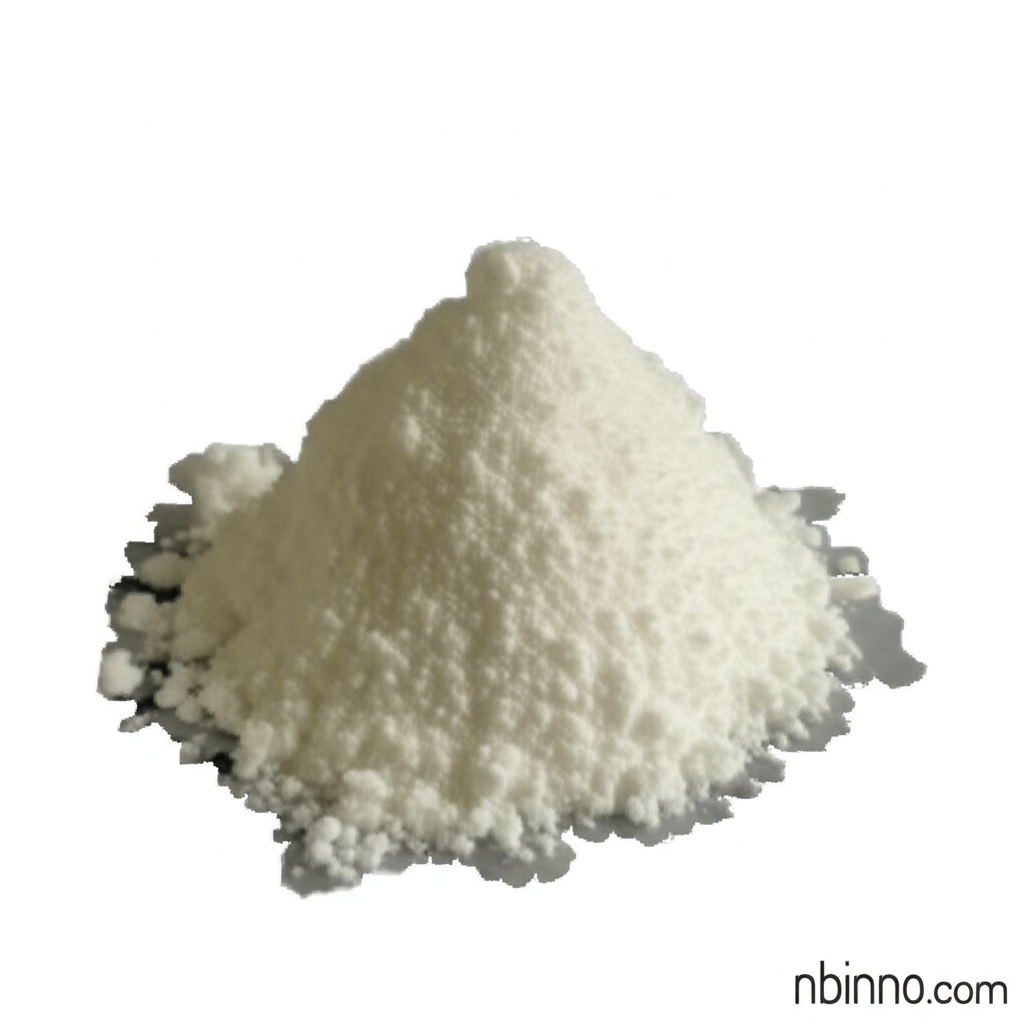2-Aminopurine: A Key Purine Analog for Advanced Research
Explore the versatility of 2-Aminopurine (CAS 452-06-2) as a vital tool in biochemical research and molecular studies.
Get a Quote & SampleProduct Core Value

2-Aminopurine
2-Aminopurine is an adenine analog recognized for its utility as a fluorescent probe in understanding DNA and RNA processes. Its ability to act as a PKR inhibitor and its role in various nucleic acid research tools make it indispensable for scientific exploration.
- Research Applications for 2-Aminopurine CAS 452-06-2: Investigate the intricate mechanisms of nucleic acid folding, replication, and transcription with this high-purity compound.
- Fluorescent Probe for DNA: Utilize its unique fluorescent properties to monitor biological processes and molecular interactions in real-time.
- PKR Inhibitor Chemical: Leverage its inhibitory action on PKR for studies in cellular signaling pathways and antiviral research.
- Purine Analog Chemical: Explore its wide-ranging applications as a building block and research tool in synthetic chemistry and biochemistry.
Key Advantages of Using 2-Aminopurine
Enhanced Research Precision
The high purity standard (USP, BP, FCC) ensures reliable results when using 2-Aminopurine in your critical research experiments, supporting nucleic acid research tools development.
Versatile Biological Activity
As both a PKR inhibitor and a fluorescent probe, 2-aminopurine offers dual functionality for comprehensive biological investigations.
Facilitates Molecular Insights
Its application as a fluorescent probe for DNA provides deep insights into molecular dynamics and structural changes within genetic material.
Key Applications
Biochemical Research
Advance your understanding of cellular mechanisms with this essential purine analog chemical, widely used in various biochemical assays.
DNA/RNA Studies
Utilize 2-aminopurine as a critical component for studying the structure, function, and dynamics of DNA and RNA molecules.
Enzyme Inhibition Assays
Effectively investigate enzyme activity and inhibition, particularly with PKR, using 2-aminopurine as a targeted inhibitor.
Fluorescent Labeling
Employ its fluorescent properties for sensitive detection and monitoring of biological events in vitro, enhancing experimental sensitivity.
